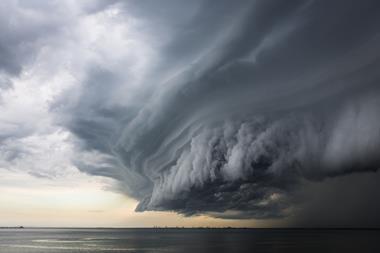However, she believes that insurers are able to model the impact of such natural disasters sufficiently accurately that they can manage their exposures and spread the risks.
"Last year, we modelled for an industry loss of $60 billion from a Gulf windstorm - right in line with the estimated cost of hurricanes Katrina, Wilma and Rita." Ms Baker said. "Today, we model for a $65 billion industry loss from a north east hurricane making landfall in New York and a $100 billion loss from a hurricane hitting Miami."
Ms Baker said insurers and state regulators should work with emergency managers to ensure that response procedures are well tested and run as smoothly as possible when the next disaster strikes - "to avoid a rerun of the nightmare in New Orleans."
She also argued that insurers must reward policyholders with lower premiums for risk averse behavior, such as building in moderate or low risk zones, installing impact resistant windows and laying down hurricane proof roofs. They should also penalise those who practice risky behaviour by drying up wetlands and building on and destroying sand dunes. "If we expect Mother Nature to be kind to us, we need to be kinder to her," Ms Baker said.



















